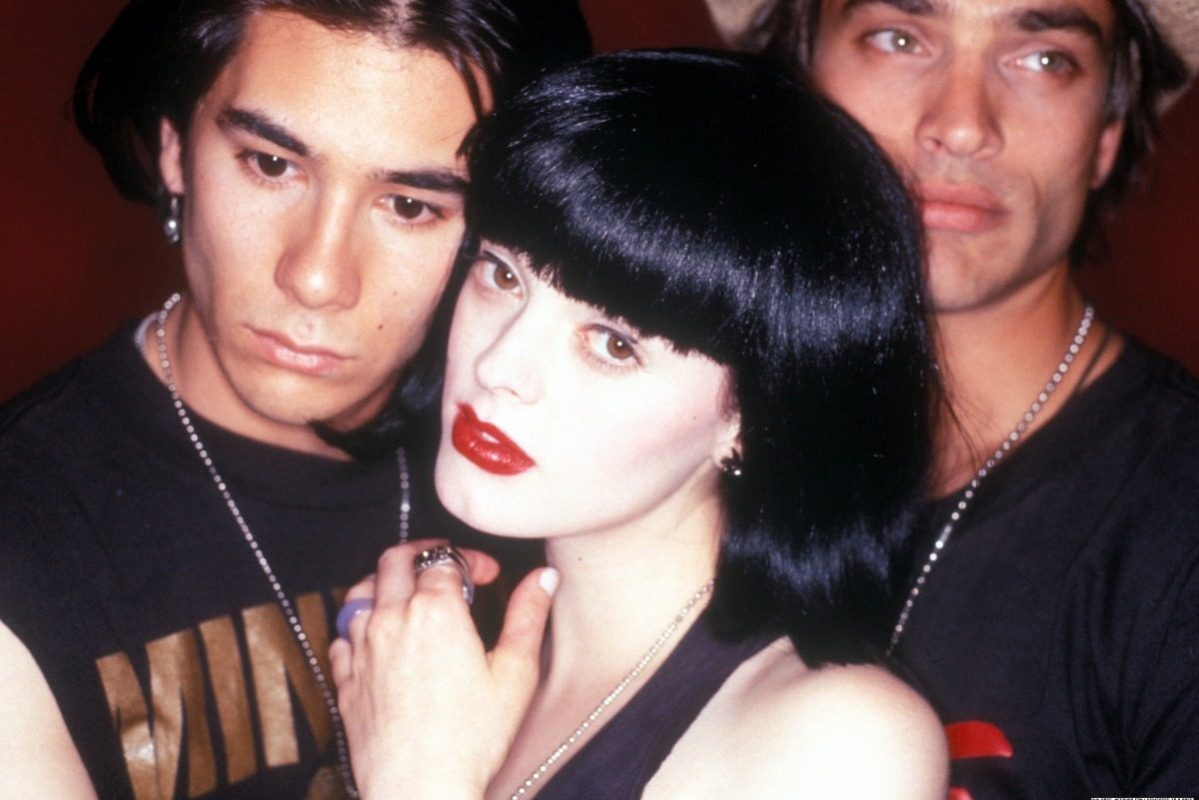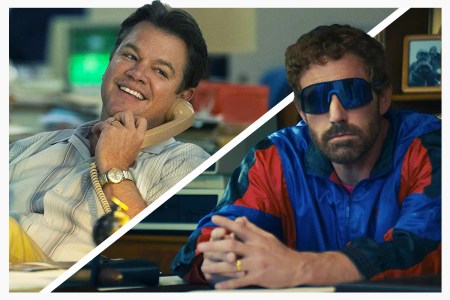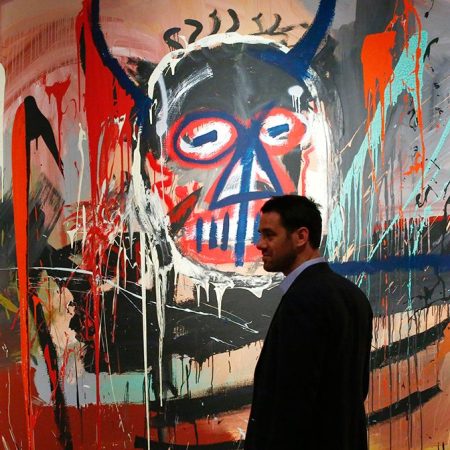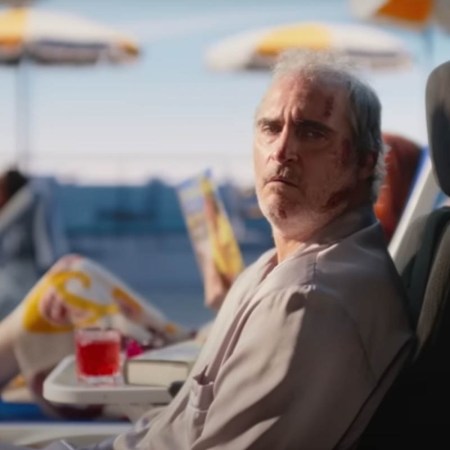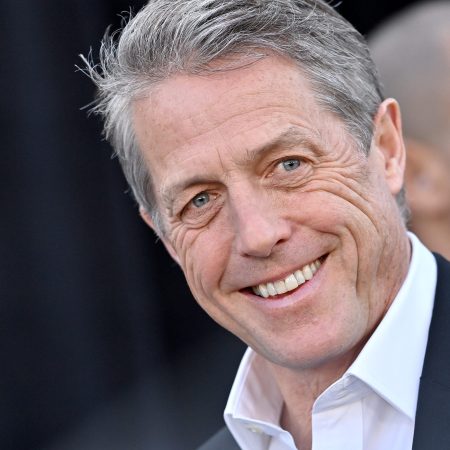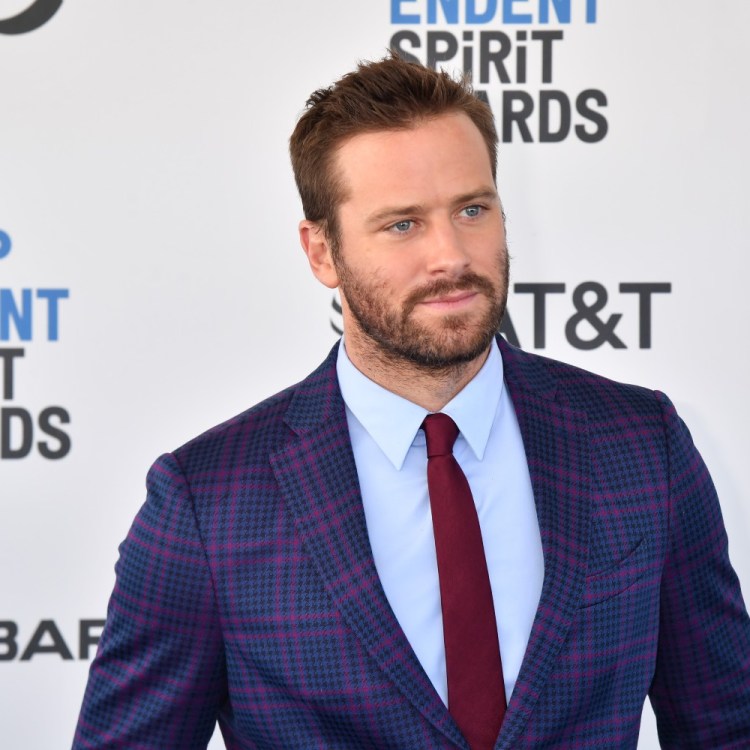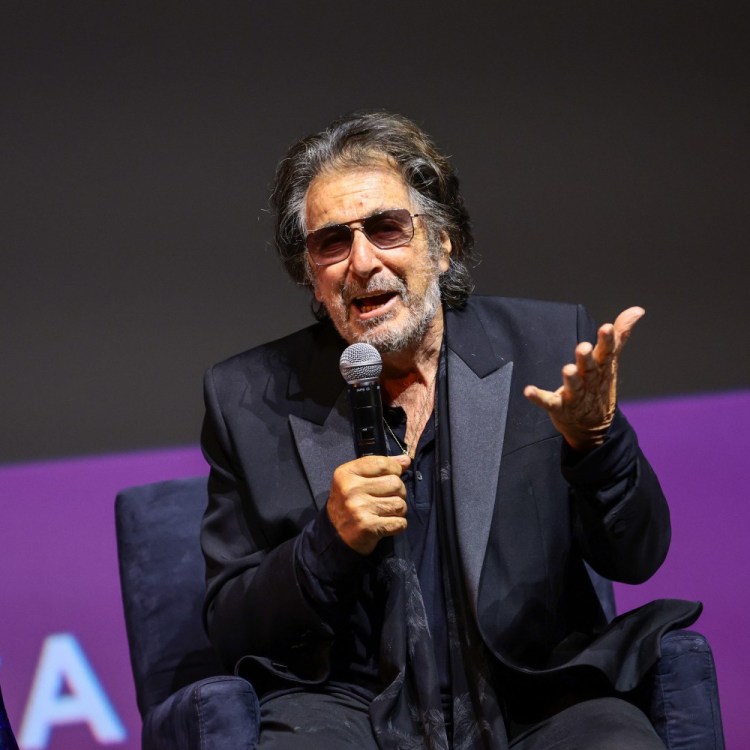Before anything else, Gregg Araki wants me to see his button. From his home in Los Angeles, the filmmaker begins our Zoom chat with a quick round of show-and-tell, holding up a half-dollar-sized pin emblazoned with the words “EAT FUCK KILL” in white italic print on a black background. Many like it were pressed as swag in 1995 for the initial theatrical release of his cult masterpiece The Doom Generation, and then, perhaps fittingly, discovered in a box at a yard sale two years later by a kitsch magpie who redistributed them at Burning Man. Rose McGowan’s all-American bad girl Amy Blue sports this middle finger of flair, and its slogan supplies a pretty apt statement of purpose for her as well as the snarling, feral film around her. Both operate on unalloyed adolescent impulse, ragged with bloodlust and regular lust, hungrily devouring everything in their paths with the restlessness and recklessness of youth. The phrase implies consumption, kinetic energy, propulsive force. “It is a very angry movie,” Araki says.
Armed with a soundtrack of shoegaze and a self-made dialect of “slanguage” allowing for such timelesss turns of phrase as “you fucking chunky pumpkinhead,” this crucial plank of the New Queer Cinema movement lived fast and died young, but didn’t leave such a beautiful corpse. For more than a decade, The Doom Generation and the other features rounding out Araki’s sparsely attended, ardently loved “Teenage Apocalypse Trilogy” — 1992’s Totally Fucked Up and 1997’s Nowhere — have been difficult for casual viewers to access in any respectable quality, bereft of industry-standard home video treatments and unavailable to stream. That changes this week, as a fully remastered never-before-seen director’s cut of The Doom Generation storms theaters, with plans for a run of the freshly spiffed-up Nowhere in the fall and an all-the-trimmings box set with Criterion “hopefully” somewhere down the line. Araki now finds himself in an unfamiliar yet not unwelcome position, looking back on the work of the man he used to be from a current cinematic landscape shaped in no small part by his nasty little movies’ colossal influence.
“To a lot of people, this is the OG queer-punk thing,” he says. “What really holds up in the movie is the purity and authenticity, which comes from my background in alt-culture. All the bands, all my idols from those days, they sincerely didn’t give a fuck.”
Neither did he. Though DIY upstart Araki had already entered his thirties when he first drafted The Doom Generation, he nonetheless drew inspiration from the kids slightly too young to be his contemporaries. An anti-everything ethic bridged the age gap, helped along by a shared taste for thrill-seeking; he was there on the scene, going to basement shows and doing speed right alongside the latest rebels without a cause. “This is exactly what I was thinking and feeling and raging about in 1993, whenever I wrote the script,” he says. “It’s like a diary, a journal entry for me. My feelings about the world and everything else, dumped onto the screen.”
It would seem he had a lot on his mind at the time, judging by the film that condenses into its 83 minutes a blithe update of the Bonnie and Clyde myth, a gay fantasia on national themes, an id-ego-superego ménage à trois, and a demented self-parody pitched somewhere between soap opera and after-school special. Soulmates for three whole months, pubescent hormone factories Amy Blue and Jordan White (James Duval, discovered by Araki while perusing a record shop’s wares) occupy their nights with underground raves and fast food, a dirtbag idyll shattered as they pick up hitchhiker Xavier Red (Jonathon Schaech). Once the aggressive flirt blows the head off of a convenience store checkout clerk hassling them over money for chili dogs, the threesome takes off on the lam, their path interrupted by repeated encounters with Amy’s exes (including a blonde-wigged Parker Posey at the height of her cool). Fueled by rip-snorting pansexual libido, they blaze a swath of carnage across the outskirts of Los Angeles that climaxes with a stroboscopic nightmare involving neo-Nazi rapists and the American flag.
Araki had rankled sensibilities since his earliest days cobbling together provocations for $5,000 apiece, but he’d never had so much firepower at his disposal. His previous works were almost one-man operations — “on a decent-sized day, maybe we’d have a crew of three or four people” — shot on borrowed cameras in “total guerrilla mode.” The Doom Generation brought him his first million-dollar budget, his first 35mm camera and his first group of ground-up collaborators. He traded some of the spontaneity that can only come from the run-and-gun approach for a relative polish and precision: “The thing about those days, it felt like everything was an accident. We’d go to these locations, and who knew if you were going to get kicked out or what. When you’re doing it with nothing, shooting on locations without permits because you liked the color of a wall, and then you see the dailies and they look amazing? You’re like, ‘How did we even do that? I created this?’ When you’ve got a whole crew, it’s more designed. ‘Yeah, okay, good, this looks like it’s supposed to look.’”
It didn’t look that way for long, however. Araki found that adulation from his fellow burnouts didn’t count for too much in the estimation of the studios holding the rights to his films; “Nowhere was distributed by Fine Line, and they were part of Warner Brothers,” he explains. “They’ve got, like, Harry Potter to worry about.” The Doom Generation did get an eventual DVD release, though the image had already deteriorated to a sorry state. The restoration team recovered an interpositive filmstrip from a stack of unlabeled containers gathering cobwebs at a facility in the Valley, and gave it the square-one visual overhaul it’s been begging for. “The DVD is terrible,” Araki says. “It’s not even letterboxed, it’s pan-and-scanned, improperly color-timed, all this stuff that I was unhappy with as a filmmaker. Now that it’s been brought up to technical snuff, the movie is fit to be sold to a streamer, it can get that second life.”
Is “Air” Worthy of a Ben Affleck and Matt Damon Reunion?
The pair have plenty of charisma, but the movie never fully reckons with the nostalgiaThe unexpurgated director’s cut hasn’t changed the film so drastically — while the orgiastic finale has been subtly tinkered with to amplify the intensity that once spooked the suits, Araki was most jazzed about the chance to remix the sound — but it’s resurfacing in a country that has. Queer culture has permeated the mainstream to a degree that he couldn’t have imagined, its cooler sectors still inscribed from the long silhouette cast by the ‘90s counterculture. He’s not on Pinterest or TikTok or “all that sh— uh, all that stuff,” but he’s aware that Doom Generation has scored a lot of mentions among Gen Z. In some cases, the whippersnappers may not even realize how much they owe Araki; de facto Zoomer ambassador Sam Levinson reached out to Araki with a request to include a Doom Generation poster in his debut feature Assassination Nation, though Araki has no idea if he ended up using it.
Starved for the authentic experiences of a pre-digital era, today’s teens regard Amy, Xavier and Jordan’s fast-and-cheap lifestyle as aspirational. Araki has trained his sights on the lofty goal of getting the blood pumping for an age bracket more oriented around sex-positivity in theory than sex in practice. “One of the things I find weird, and I hope maybe Doom Generation can help change that, is that technology has changed so much for teenagers right now,” he says. “What I mean is, I read this article the other day that said something like 30 percent of young people, some crazy number, aren’t having sex or relationships. That’s what being young is, at least in this movie. The time you spend on your devices, at home, that’s time you’re not getting laid. The Doom Generation took place in a period when your only option to hang out was in real life, and that’s when you talk, and that’s when you fuck.”
The untamed horniness skirting the edge of the problematic most meaningfully marks The Doom Generation as an artifact of the past, and most tellingly explains its appeal to the present. Just as the characters delight in pushing each other’s sexual limits, surprised to find how much they like things they never agreed to, the film’s button-pushing tests the audience. Araki believes that a powerful, primal link connects danger to arousal, a conflation of adrenalines that teeters on the boundary between the fundamentally human and the taboo. Even his philosophy on the dominating nature of the art form sounds thrillingly dirty. “Cinema controls you,” he says. “It surrounds you, and you’re immersed in this world, and that’s really important to how The Doom Generation works. It won’t listen to what you say.”
Petulant, imperfect, brazen, charming, irresistible — Araki’s devil-may-care joyride bristles with the same rawness as his subjects and his rangy, fidgety muses. Ultimately, he does it all for them, and the future (doom) generations of wastoids following in their path. Rescuing his breakout from the brink of extinction had rewards unto itself, but for Araki, the real victory lies in turning on another pack of pumpkinheads. “The movie is going to be seen how it was meant to be seen: with a bunch of drunk, hot people,” Araki says. “At Sundance earlier this year, Jimmy said to me that someone once told him, ‘When me and my girlfriend were watching Doom Generation, as soon as it was over, we had to go back to our condo and fuck.’ For me, that’s a five-star review.”
This article was featured in the InsideHook newsletter. Sign up now.
